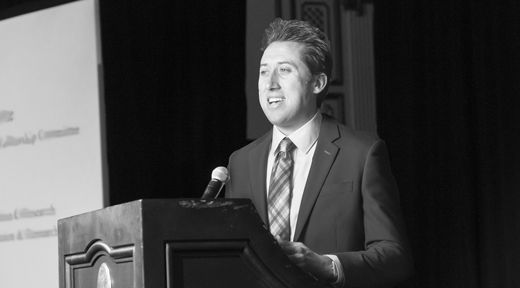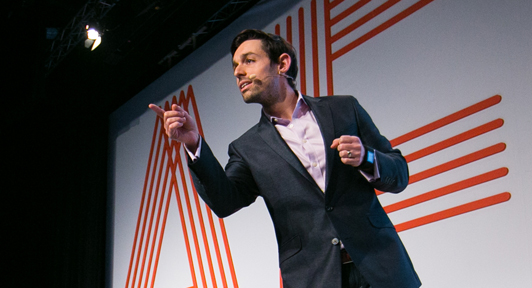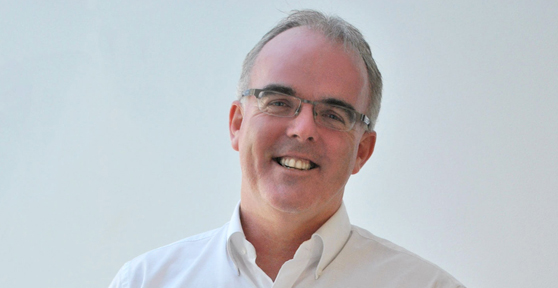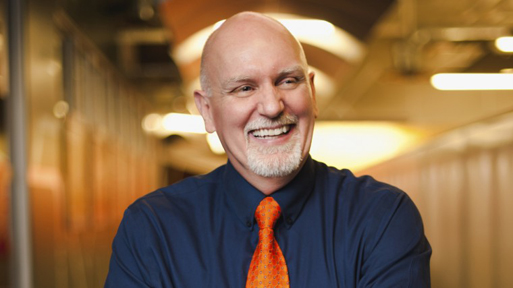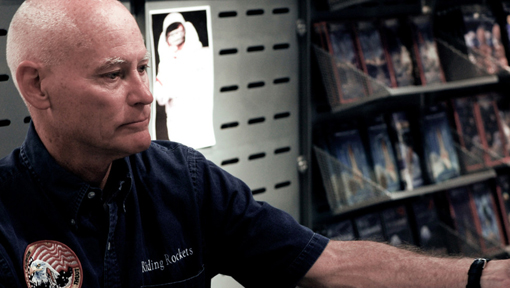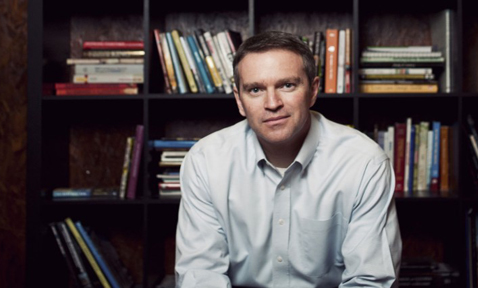
Boosting Employee Productivity and Engagement with Adrian Gostick
| Energized employees know someone cares about their well-being, receive regular recognition for their great work, and have a strong sense of purpose at work. | |
| |
 | You talk about how employee engagement used to be the Holy Grail of management, but now employees must also be enabled and energized. Why is this so important? |
 | For the last fifteen years or so, leaders around the world have been talking about the need to engage their employees, and yet nothing seems to be changing. In fact, employees are disengaging in droves. For our book All In, we analyzed the results of a 300,000-person survey to find what high-performance organizations were doing differently.
In companies that consistently outperform their peers, employees are not only engaged—devoted to the company and wiling to give extra effort—but also enabled and energized. Enabled means “supported” with the right tools, training and empowerment. Energized employees know someone cares about their well-being, receive regular recognition for their great work, and have a strong sense of purpose at work. What we found as we dug into the data were seven concrete steps that the best managers use to drive feelings of engagement, enablement and energy. |
 | Would you please describe what the “Orange Revolution” is? |
 | To be literal, The Orange Revolution is a book we wrote on breakthrough teams a few years ago. It has become one of the best selling books on teamwork. Figuratively, orange is the color of change. In business, an Orange Revolution begins in the hearts of team members who are focused on conquering barriers, expectations, and stagnancy. Orange teams establish a unity that binds individuals to the organization and creates outstanding results.
Until now, this concept of “teamwork” has remained an elusive business practice, but it is sought by most of the senior leaders we speak with. Our data, case studies, and research explain what Breakthrough Teams do differently. For example, almost all the great teams we studied lived by a set of rules for behavior. The three most common rules we found were “Wow” (a commitment to be world-class every day), “No Surprises” (open and transparent communication) and “Cheer” (having each others’ backs). |
 | In your bestseller The Carrot Principle, you say that employee recognition should be personalized. What are some tips for determining what recognition an employee will value? |
 | Short answer: You ask them. You also have to do a little detective work. Ask many of your people what rewards they value and they’ll say “money,” but what would they do with a small cash bonus? Our surveys show most people use that money to pay a bill, and there’s nothing particularly memorable about paying the gas bill.
So, when you hire someone you might ask: “Susan, I know you are going to do great things for us, and we want to reward you in meaningful ways when you go above and beyond. I’m going to ask you a few questions about your recognition preferences. First, if you had a day off to do as you would, how would you spend it?” What you are looking for are ideas for personalized awards or recognition. Next, imagine someone was presenting you with an award, who would it be—maybe a teammate, your boss, a member of the senior leadership team? Here you are looking for clues about the person’s need to bond with their team or seek appropriation from higher up. |
| There is a prevalent notion out there that if you’re unhappy with your work it will take a Herculean effort to change things, that you have to quit and find your “dream job.” For the vast majority of people, that’s just nonsense. | |
| |
 | The subtitle of your new book, What Motivates Me, is “Put your passions to work.” Is it possible to reignite engagement in a job people are already doing and perhaps feel disengaged from? |
 | Absolutely. Many of the happiest people we interviewed for the book didn’t find their bliss down a new path; they simply made course corrections on the path they were already on. There is a prevalent notion out there that if you’re unhappy with your work it will take a Herculean effort to change things, that you have to quit and find your “dream job.” For the vast majority of people, that’s just nonsense. Most don’t need to take a risky leap; they just need to make small changes in their work lives.
What Motivates Me is primarily intended to offer guidance about the kinds of changes in responsibilities that might help people take charge of their careers, and put their finger on the specific things that are disengaging them in their work. We call this type of modification “job sculpting.” It’s powerful for employees, but equally so for their leaders. |
 | For your different books you have now conducted 850,000 interviews about employee engagement. In all of those surveys, was there a particular theme or result that was surprising to you? |
 | One interesting finding within all that research is that the people who are most energized on the job have aligned more of their work with their core motivations. As you might expect, for those who are unhappiest, their jobs are out of whack with what they are passionate about. Here’s the million-dollar question: why don’t we all do something about it? The problem is, most employees feel either helpless or overwhelmed. Many wait for an outside force, like a manager, to fix things. As for managers, most have no idea how to put their people’s passions to work.
Even those enlightened leaders who do have a grasp on what motivates their teams often don’t know how to put those ideas to use in daily work. There are some simple things managers can do to help employees take charge of their careers, and that’s one goal of our work—to be the manager’s best friend and provide tools they can use. |
| To build a positive culture, recognition should be habitual. | |
| |
 | Could you share some simple steps for boosting employee productivity, loyalty and engagement? |
 | We outline seven steps in our book All In—built from research of the best cultures. The steps move from “Define your Burning Platform” all the way to “Establish Clear Accountability.” One of the most powerful and most overlooked steps is to help employees “Root for Each Other,” which involves building a culture of recognition. When it comes to rewarding outstanding work, we recommend that leaders:
We have spent the past twenty years trying to convince businesspeople that recognition is a key driver of engagement. Some have listened and prospered; others haven’t. The good news is we’ve seen appreciation done right in some of the world’s best companies. This has solidified a culture of constant reinforcement. After all, culture is about behaviors, and recognition is about reinforcing the right behaviors. That’s why it is so important to an organization’s success. |
 | What projects are you currently working on? |
 | With the launch of What Motivates Me and the subsequent online assessment included in the book, we have been building our consulting practice with a goal to help organizations really move their engagement numbers. Since thousands of people have now taken the online Motivators Assessment, we’ve been analyzing across demographics, job functions and industries to understand the characteristics of the most engaged people.
What we have learned is that employee engagement is a one-on-one game. Every person is engaged by slightly different criteria. It’s very hard to come in and say all your employees want to be more autonomous. You know what? Some don’t. With Millennials, autonomy is actually one of the lowest motivators. They want clear direction and coaching at that point in their career. What our data shows is that leaders in high-engagement, high-performance organizations are doing things differently than their peers—they are getting to know what motivates each person in their care. The case studies we have are really exciting, and are helping a lot of companies to get their hands around employee engagement and start moving the needle. This is work that’s very meaningful to me personally. I got into research and writing to make a difference, and these deep dives we are doing with organizations have a real impact. =============================================== |

